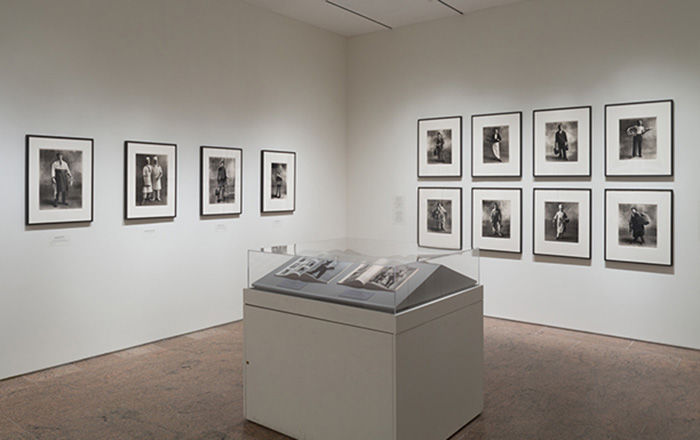[Broken Glass]
Emmanuel de la Villéon French
Not on view
Broken glass has been a modernist motif since at least 1926, when, after Marcel Duchamp’s canonical Dada assemblage, The Large Glass, shattered in transit, the artist embraced its fractured state as an ultimate gesture of absurd, ungovernable chance. Anticipating this sentiment by several decades, Emmanuel de la Villéon might wink at the hazards of chance in this 1903 photograph, perhaps embracing an unpredictability endemic to the medium itself. In early photographic processes like the one he used, a glass negative would be exposed and then contact-printed inside of a frame, before being fixed and toned; practitioners needed not only chemical know-how but a streak of luck and a steady hand—lest one’s negative break into as many pieces as the window pictured. De la Villéon learned photography in an amateur capacity, and though he here achieved an exquisite print, he was likely acquainted with all manner of accidents. An established painter, he specialized in palatable late-impressionist landscapes, from which this abrupt view marks a radical departure (not least because, through the glass, a pastoral scene seems to splinter). If, for contemporary viewers, his pierced picture plane conjures Brechtian associations and Dada jokes, the original context is likely more banal. Whether staged as a study for part of a painting, or made to record a household misfire, this photograph nevertheless reveals the possibilities of the camera to reframe one’s perspective—a shattering prospect, and here, a generative one.
